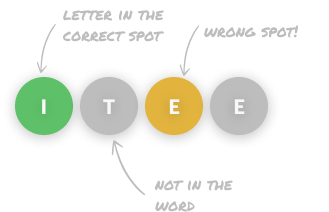pro $24.99 per month
- access to all Manning books, MEAPs, liveVideos, liveProjects, and audiobooks!
- choose one free eBook per month to keep
- exclusive 50% discount on all purchases
lite $19.99 per month
- access to all Manning books, including MEAPs!
team
5, 10 or 20 seats+ for your team - learn more

CMIS and Apache Chemistry in Action is a comprehensive guide to the CMIS standard and related ECM concepts, written by the authors of the standard. In it, you'll tackle hands-on examples for building applications on CMIS repositories from both the client and the server sides. You'll learn how to create new content-centric applications that install and run in any CMIS-compliant repository.
about the technology
Content Management Interoperability Services (CMIS) is an OASIS standard for accessing content management systems. It specifies a vendor -- and language -- neutral way to interact with any compliant content repository. Apache Chemistry provides complete reference implementations of the CMIS standard with robust APIs for developers writing tools, applications, and servers.
about the book
CMIS and Apache Chemistry in Action is a comprehensive guide to the CMIS standard and related ECM concepts. In it, you'll find clear teaching and instantly useful examples for building content-centric client and server-side applications that run against any CMIS-compliant repository. In fact, using the CMIS Workbench and the InMemory Repository from Apache Chemistry, you'll have running code talking to a real CMIS server by the end of chapter 1.
what's inside
- The only CMIS book endorsed by OASIS
- Complete coverage of the CMIS 1.0 and 1.1 specifications
- Cookbook-style tutorials and real-world examples
about the reader
This book requires some familiarity with content management systems and a standard programming language like Java or C#. No exposure to CMIS or Apache Chemistry is assumed.
The most complete, authoritative work on CMIS you will find.
Illustrates the breadth and possibilities of CMIS.
An excellent, in-depth introduction to CMIS from the authors of the standard.
A thoughtful, thorough, and entertaining discussion about using CMIS in practice.
choose your plan
team
- five seats for your team
- access to all Manning books, MEAPs, liveVideos, liveProjects, and audiobooks!
- choose another free product every time you renew
- choose twelve free products per year
- exclusive 50% discount on all purchases
-
![]() CMIS and Apache Chemistry in Action ebook for free
CMIS and Apache Chemistry in Action ebook for free
 CMIS and Apache Chemistry in Action ebook for free
CMIS and Apache Chemistry in Action ebook for free
